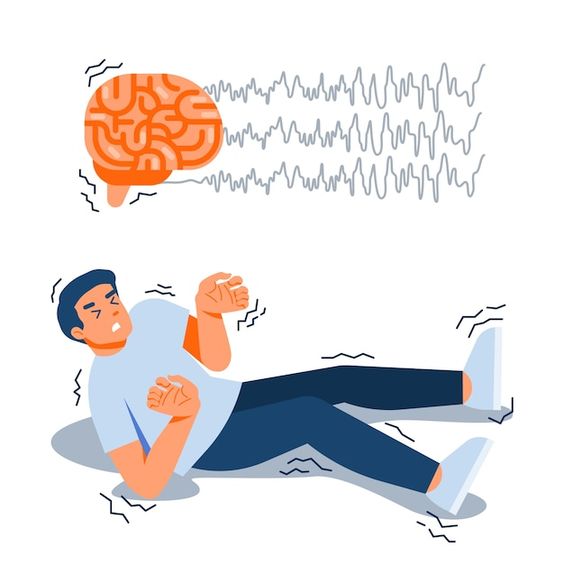Introduction
Ataxia is a neurological disorder that affects coordination, balance, and speech. People with ataxia often experience difficulty with movements that require precise coordination, such as walking, writing, or speaking. Ataxia is not a disease in itself, but rather a symptom of an underlying condition.

There are many different causes of ataxia, including genetic disorders, head injuries, stroke, cerebral palsy, multiple sclerosis, and alcohol abuse. Depending on the cause, ataxia can develop gradually or come on suddenly. It can affect people of all ages.
Symptoms of Ataxia
The symptoms of ataxia can vary depending on the underlying cause and the severity of the condition. Some common symptoms of ataxia include:
- Poor coordination
- Unsteady gait
- Slurred speech
- Difficulty swallowing
- Tremors
- Vision problems
Types of Ataxia
There are many different types of ataxia, but they are generally classified into three main categories:
- Hereditary ataxias are caused by genetic mutations that are passed down from parents to their children.
- Acquired ataxias are caused by damage to the nervous system that occurs after birth.
- Idiopathic ataxias are ataxias of unknown cause.
Treatment for Ataxia
There is no cure for ataxia, but there are treatments that can help manage the symptoms and improve quality of life. Treatment options may include:
- Medications: Medications can be used to help relieve symptoms such as tremors, muscle spasms, and dizziness.
- Physical therapy: Physical therapy can help improve strength, coordination, and balance.
- Occupational therapy: Occupational therapy can help people with ataxia learn how to perform daily activities, such as dressing, eating, and bathing.
- Speech therapy: Speech therapy can help improve speech clarity and swallowing difficulties.
Living with Ataxia
Living with ataxia can be challenging. The condition can make it difficult to work, go to school, and participate in social activities. Many people with ataxia experience anxiety and depression as well. However, there are things that people with ataxia can do to improve their quality of life. These include:
- Staying physically active: Staying active can help improve strength, coordination, and balance.
- Eating a healthy diet: Eating a healthy diet can help provide the body with the nutrients it needs to function properly.
- Getting enough sleep: Getting enough sleep can help improve energy levels and overall well-being.
- Connecting with others: Connecting with others who understand what you are going through can be helpful. There are many support groups available for people with ataxia and their families.
If you are experiencing any of the symptoms of ataxia, it is important to see a doctor to get a diagnosis and discuss treatment options. While there is no cure for this condition, early intervention and proper management can help slow its progression and improve your overall quality of life.

.jpg)